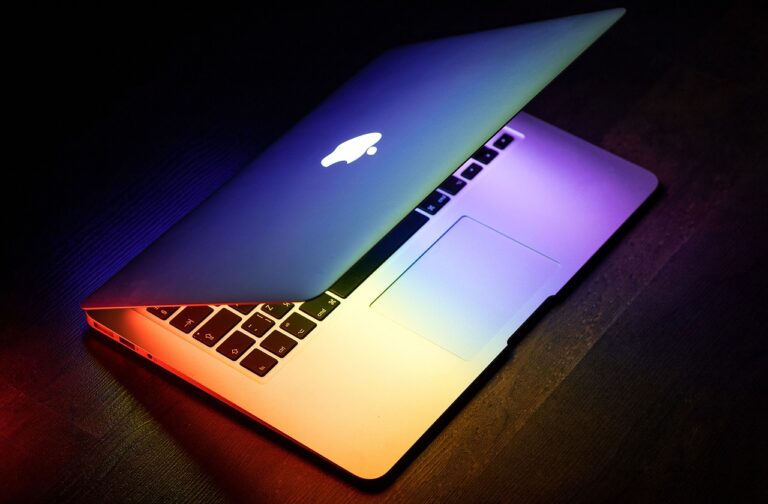The Future of Workplace Design: Adapting to Hybrid Work Models
11xplay reddy login, laser247, skyinplay exchange:The future of workplace design is rapidly evolving as companies adapt to hybrid work models in response to the ongoing global pandemic. With a growing number of employees splitting their time between working remotely and in the office, businesses are reimagining how workspaces are utilized and designed to meet the changing needs of their workforce. In this blog post, we will explore the key trends shaping the future of workplace design and how organizations can create environments that support collaboration, productivity, and well-being in a post-pandemic world.
The Rise of Hybrid Work Models
The shift to remote work brought on by the pandemic has led many companies to embrace hybrid work models, allowing employees to choose where they work based on their preferences and the nature of their tasks. While some employees may thrive in a remote work setting, others may prefer the structure and social interaction of the office. As a result, companies are adopting flexible work policies that enable employees to work from anywhere while still maintaining a sense of connection and belonging to the organization.
To support hybrid work models, workplaces are being redesigned to include a mix of collaborative spaces, private work areas, and amenities that cater to the diverse needs of employees. Flexible furniture solutions, integrated technology, and wellness features are being incorporated into office design to enhance the employee experience and foster a sense of community within the organization.
The Importance of Flexibility and Adaptability
One of the key principles guiding the future of workplace design is flexibility and adaptability. As companies navigate the uncertainties of the post-pandemic world, they need spaces that can easily be reconfigured to accommodate changing work patterns and requirements. Open-plan layouts, modular furniture, and movable partitions are becoming increasingly popular as they allow organizations to transform their spaces quickly and efficiently in response to evolving needs.
In addition to physical flexibility, workplaces are also seeking to foster a culture of adaptability among employees. This involves providing opportunities for learning and development, supporting mental health and well-being, and promoting agile working practices that enable individuals to thrive in a rapidly changing environment. By embracing flexibility and adaptability in both the physical and cultural aspects of the workplace, organizations can create environments that empower their employees to perform at their best.
Designing for Collaboration and Connection
While remote work offers many benefits, such as increased flexibility and autonomy, it can also lead to feelings of isolation and disconnection among employees. To counteract this, workplaces are being designed to emphasize collaboration and connection, providing a variety of spaces where employees can come together to exchange ideas, collaborate on projects, and build relationships with their colleagues.
From open meeting areas and huddle spaces to informal breakout zones and social hubs, modern workplaces are integrating a range of collaborative environments that cater to different working styles and preferences. By promoting a culture of teamwork and communication, organizations can foster creativity, innovation, and a sense of belonging within their teams.
Incorporating Technology and Wellness Features
Technology plays a central role in the future of workplace design, enabling employees to work seamlessly across physical and digital environments. From video conferencing tools and cloud-based collaboration platforms to smart office solutions and touchless technologies, organizations are leveraging technology to enhance communication, productivity, and efficiency in the workplace.
In addition to technology, workplaces are also incorporating wellness features that support the physical, mental, and emotional well-being of employees. Biophilic design elements, such as natural light, greenery, and water features, are being integrated into office spaces to create a sense of calm and connection to nature. Ergonomic furniture, standing desks, and wellness rooms are also becoming standard amenities in modern workplaces, encouraging employees to prioritize their health and well-being while at work.
FAQs
Q: How can companies effectively manage a hybrid workforce?
A: Companies can effectively manage a hybrid workforce by establishing clear communication channels, setting expectations around work hours and availability, providing the necessary tools and resources for remote work, and fostering a culture of trust and collaboration among employees.
Q: What are some key considerations when designing a hybrid workplace?
A: When designing a hybrid workplace, it is important to create a balance between collaborative spaces and private work areas, incorporate flexible furniture solutions that can be easily reconfigured, integrate technology that supports seamless communication and collaboration, and prioritize employee well-being through the inclusion of wellness features and amenities.
Q: How can organizations promote a sense of belonging and connection in a hybrid work environment?
A: Organizations can promote a sense of belonging and connection in a hybrid work environment by organizing virtual team-building activities, providing opportunities for casual interactions and socializing, celebrating achievements and milestones, and fostering a culture of inclusivity and diversity within the organization.
In conclusion, the future of workplace design is characterized by flexibility, adaptability, collaboration, and well-being. As companies continue to embrace hybrid work models and navigate the challenges of the post-pandemic world, creating environments that support the diverse needs of employees while fostering a culture of innovation and connection will be essential for success. By embracing the latest trends and best practices in workplace design, organizations can create spaces that empower their employees to thrive in a rapidly changing world.







